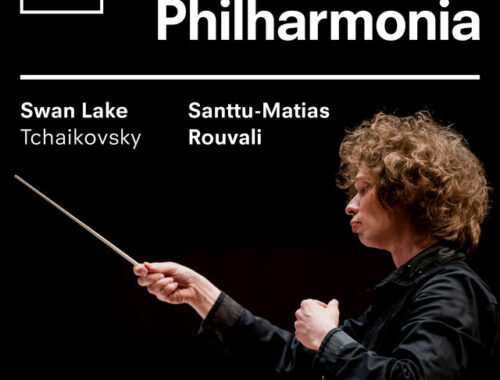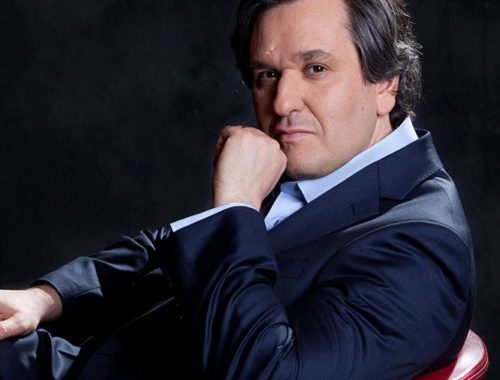TUESDAY 27TH APRIL 2010 VERDI “AIDA”
Royal Opera House
No candy coloured chiffon, no pyramids, and definitely no turquoise elephants. Zandra Rhodes this was not. And the Covent Garden fashionistas were not happy. But last time I checked Aida was about ethnic strife, bloody conflict, pagan ritual, and barbaric tortuous death. In David McVicar’s dark, dusty staging the triumphal scene is played out under a canopy of mutilated corpses and the celebrated “Triumphal March” brings on a troupe of victorious, still bloodied, swordsmen to flaunt their butchery skills. It isn’t pretty but it’s a whole lot more pertinent than the picture book inspired Cecil B. DeMille approach. What is Princess Amneris wearing this season? Revenge.
The ancient rituals begin as soon as Verdi’s ethereal strings start tracing out their yearning opening motif. A lone god-like figure maintains a vigil before a grey wall-like installation: gold lances are encrusted into it and neon backlit like the rays of the sun. And as the prelude builds to its ominous climax armoured warriors steal in from the darkness to attend the High Priest’s announcement of who will lead the Egyptian forces into battle against the Ethiopians. The dramatic backdrop has been quickly established and in Jean-Marc Puissant’s abstract designs of darkly lowering Rothko-like panels, wonderfully, smokily lit by Jennifer Tipton, a mood of deeply mysterious paganism descends. Colour is muted (barring, of course, the royal purple clad Amneris), blocking highly ritualised, and the dancing (choreographer Fin Walker) animalistic and wilfully erotic. On the eve of battle, Commander Radames is blooded for battle, a ritual sacrifice of Egyptian young men at the hands of young women who use their knives like cruel caresses.
It’s an evening of big, determined voices and alternately haunting and stentorian choral singing all of it excitingly driven by conductor Nicola Luisotti whose predominantly swift tempi convey a brassy, visceral, urgency. In the title role Micaela Carosi has the vocal plangency and big money notes (no surprise she sings the role at the Verona Arena) to dominate all the ensembles thrillingly. The timbre is thoroughly authentic. But as with so many overworked voices of this amplitude the facility to finesse the sound and to spin it high and soft would seem to have long gone. She didn’t sing a true pianissimo all evening and in the crucial testing ground of the great Nile scene aria “O patria mia” the difficult final measures never achieved the rapturous ascendancy that should quite literally take the breath away.
Her Radames was Marcelo Alvarez, a singer whose instinctive musicality and swarthy sound I much admire. Ok, so he didn’t attempt the tricky morendo (“dying away”) on the high B-flat at the close of “Celeste Aida”, opting instead for the simpler alternative of the quietly repeated final phrase. But he did markedly contrast the heroic and amoroso aspects of the aria and throughout the evening he delivered with unstinting ardour and burnished tone. He certainly carried his Aida in the final duet singing a tender mezza voce which at least helped disguise the fact that she was not.
By contrast with these voices the Amonasro of Marco Vratogna was too much of a bantam-weight failing to make the impression one might have expected from his previous showing in this house. The basses, Giacomo Prestia (Ramfis) and Robert Lloyd (The King) were impressive and the Amneris of Marianne Cornetti was, to put it crudely, a ball-breaker brandishing those pneumatic chest tones like they were fashion accessories. Just not Zandra Rhodes.
You May Also Like

A Conversation With SAIMIR PIRGU
02/09/2011
GRAMOPHONE Review: Tchaikovsky Swan Lake excs – Philharmonia Orchestra/Rouvall
11/11/2020